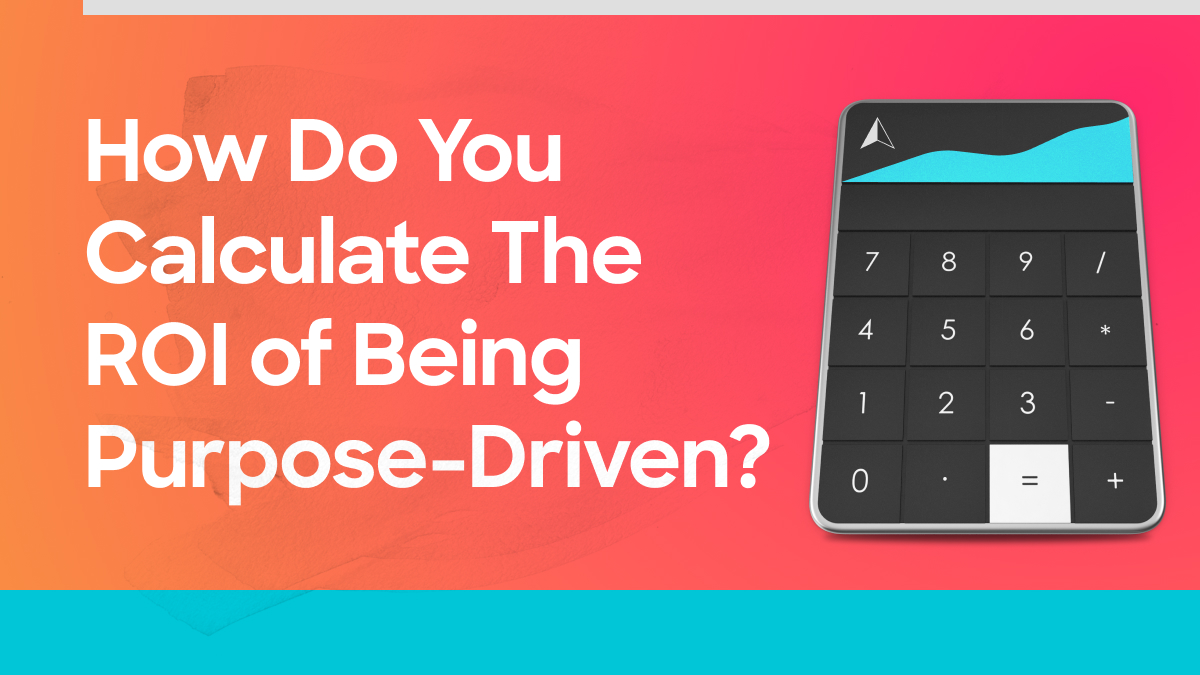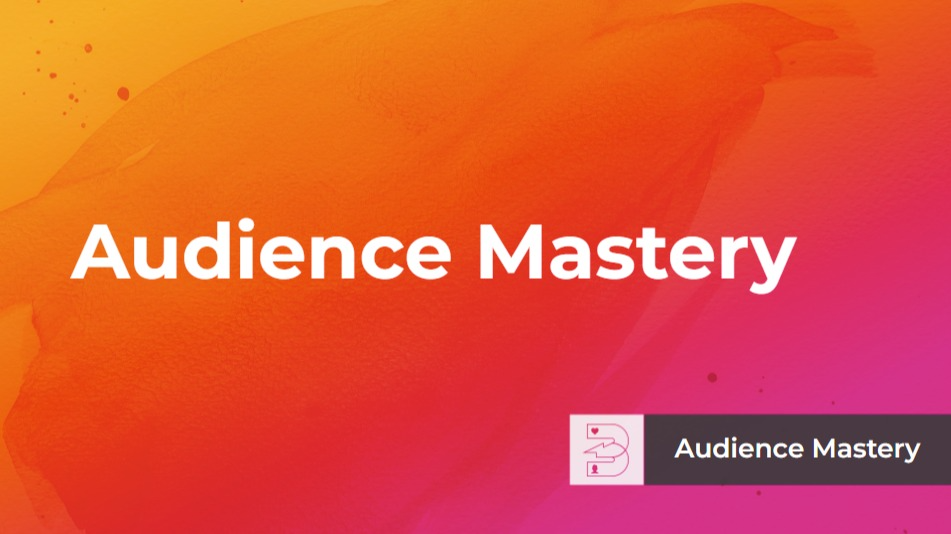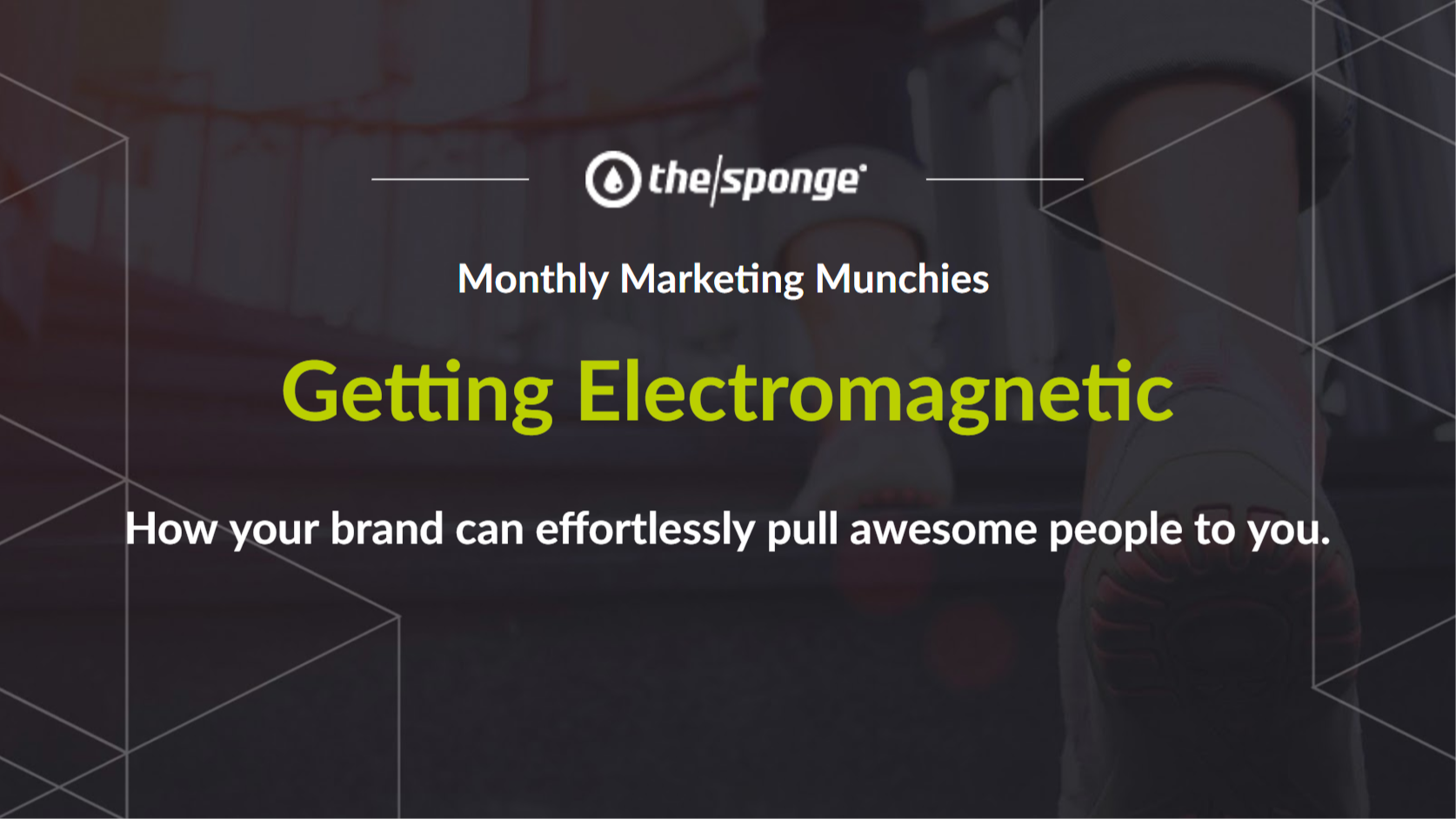Unlike cancer there is a cure for this common business killer.
What do you think happens to a successful company when an overbearing, charismatic leader leaves? And what’s more, what if the leader hadn’t the foresight to empower his successors with a unified vision and strategy for the future?
The chances of growth or positive return on investment for shareholders are a likely as oil prices going down. Unless preventative action is taken it can be a quick and rapid decline into oblivion. Let us take for example a large Swiss financial group who we will refer to as “Gold”.
Unlike its real world counterpart, this gold was depreciating in value. They were staring down the barrel of a continuing decline in profitability. A lot like a bogged car spinning its wheels, they had become stagnant in a growing market. The competition however, including a bunch of upstarts, were successfully chipping away at their hold on the market. Although limited by their intimidating leader, Gold’s board were able to convince him to hire a new CMO to attempt a turnaround.
After interviewing key personnel, reviewing business processes and with intensive consultations it soon became blaringly obvious that Gold was experiencing a very common problem. It is a problem that is shared by many businesses across the world irrespective of industry.
The problem was essentially (but not limited to) that there was no current VMCV (Vision, Mission or Core Values) set to unite and empower the staff to make any decisions for the benefit of the company. This was mainly because the soon to retire CEO fearfully held onto a dictator leadership style that pushed out natural and talented successors, strangled new ideas and breads the same dog-eat-dog style management down the line. The latter was in the process of being quietly and gradually dealt with by some brave members of the board, the first challenge by the CMO and consultants.
The Sponge Solution
When you ask why a company like Gold has no VMCV you often answered with a shrug and an answer that basically passes the responsibility for that upwards. What you will usually find is that there is also no brand strategy, no strong marketing strategy, or core message being communicated to the market.
In order to develop any of these everyone involved in the evolution must first understand a few key things (but not limited to these). They are:
1. Who are your clients and what do they want or need?
2. What do they think about your company?
3. How are you currently being perceived in the market place?
4. What your staff and stakeholders think of your company?
5. Why those that have parted from your company have done so?
These are basic questions which deliver key data that can help pinpoint your location in the market, like a GPS system for your brand. In order to get these answers along with other company specific and world view challenging answers, The Sponge Brand Analyzer System is configured and deployed. The system involves proprietary components designed to elicit high levels of response and return rich qualitative data. Keep in mind that it is imperative to poll a database that is formed from an unbiased stand point and includes past and present clients, staff and stakeholders, including those who parted company on bad terms.
The data reveals a variety of fluffy feel good answers from those who have established good relationships along with critical data that can be used as a catalyst for change. Being able to sort the results based on status of the participant’s relationship with the company enables the gleaning of what work needs to be done and exactly where the leaks are in the ship’s hull which is causing it to sink. Naturally some of these are predicted by the CMO, some board members and the consultants and rightly so; how could they have made it to this level without some idea. However, the more alarming answers are not predicted by anyone, which is entirely why we insist on this process. A real eye opener for the CEO and the board, it earns the CMO more freedom to implement the next necessary steps.
When the key findings show that the majority of staff does not understand what the core direction of the company is, which makes them unmotivated and see coming to work as something of a disliked chore that they have to do rather than want to do. Even though the range of services is good, current clients that are only just “satisfied” with the customer service are not ecstatic. Clients that leave do so because of lack of attention and information. The staff that leave do so because they feel they are being suffocated and that the environment is cut throat and very stressful. Not at all the rosy picture that is painted by the CEO! And with this paradigm shift comes willingness to participate and create a legacy.
Cultural planning days involve a lot of drinks, chatting and group participation. When held off site in an unusual venue, the invisible shackles that usually clamp tight around the ankles as one enters the office are not present and there is a sense of equality for each participant. Huge white boards, butcher paper and post it notes are scribbled on frantically as ideas form out of discussions stemming from the survey findings. Facilitators guide the 3 day event and implement particular exercises and procedures to work through a program designed to produce a successful outcome. Interspersed amongst these creative sessions are bonding activities, where different levels of management are paired and have to trust and rely on one another to fulfill extreme activities.
The result of the weekend is a united team with a clearly defined (although quite raw) and emotionally charged set of company Vision, Mission, Core Values and clear objectives with a basic process of how to achieve them. More work by the consultants and the CMO is required to transform these raw gems into exquisitely cut and polished diamonds that can be published and communicated wherever they can be of benefit. The platform of the company culture is created and the key people claim ownership of it, like a pebble dropped in a pond it is only a matter of time before it ripples through the entire company. This culture is the core of the brand. It is what drives all communications and relationships.
The next step is the creation of a strategy to communicate this new company culture to the market, but more on that later…















 Being a B Corp now guides decisions about our projects, and who we choose to do business with. We soak it all in, and squeeze out the goodness.
Being a B Corp now guides decisions about our projects, and who we choose to do business with. We soak it all in, and squeeze out the goodness.